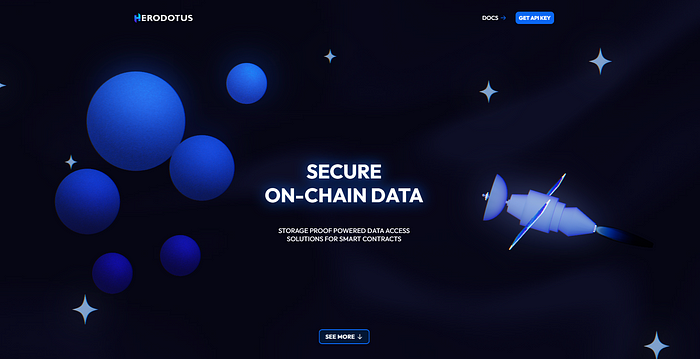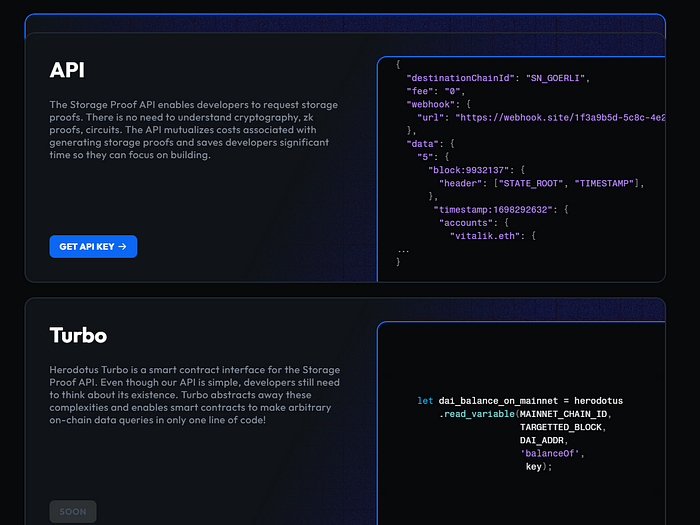HERODOTUS
Greetings, today we will try to understand Herodotus in the starknet ecosystem technically.
Herodotus strives to empower smart contracts with synchronous access to on-chain data across various Ethereum layers. Our technology integrates storage proofs with zero-knowledge proofs, enabling the seamless reading and processing of both current and historical on-chain data. In essence, developers can utilize our solution to build contracts that synchronously read L1 State on L2s, L2 State on L1s, and L2 State on L2s, eliminating the need for asynchronous messages sent back and forth. Herodotus serves as a robust data access middleware, providing smart contracts with synchronous access to both current and historical on-chain data across Ethereum layers. Our solutions facilitate smart contracts to access:
Herodotus serves as a robust data access middleware, providing smart contracts with synchronous access to both current and historical on-chain data across Ethereum layers. Our solutions facilitate smart contracts to access:
- L1 states from L2s
- L2 states from both L1s and other L2s
- L3/App-Chain states to L2s and L1s
We employ Storage Proofs, which offer synchronous access to current, historical, and cross-chain data across Ethereum layers. These proofs, defined by Herodotus, combine inclusion proofs confirming data presence with proofs of computation validating the execution of multi-step workflows to ensure the validity of elements within extensive datasets like the entire Ethereum blockchain or a rollup.
The Storage Proof API simplifies the process for developers by allowing them to request storage proofs without the need to delve into cryptography, zk proofs, or circuits. The API mutualizes costs related to generating storage proofs, saving developers significant time and allowing them to focus on building. Introducing the Herodotus Turbo, a feature that achieves 100% trustless interoperability between Ethereum layers with just one line of code!
Introducing the Herodotus Turbo, a feature that achieves 100% trustless interoperability between Ethereum layers with just one line of code!
For more information, visit Herodotus and Dappland.
Sources:












![[ℕ𝕖𝕧𝕖𝕣] 𝕊𝕖𝕝𝕝 𝕐𝕠𝕦𝕣 𝔹𝕚𝕥𝕔𝕠𝕚𝕟 - OM(G) , My Biggest Bag Was A Scam????](https://cdn.bulbapp.io/frontend/images/99de9393-38a8-4e51-a7ab-a2b2c28785bd/1)



































